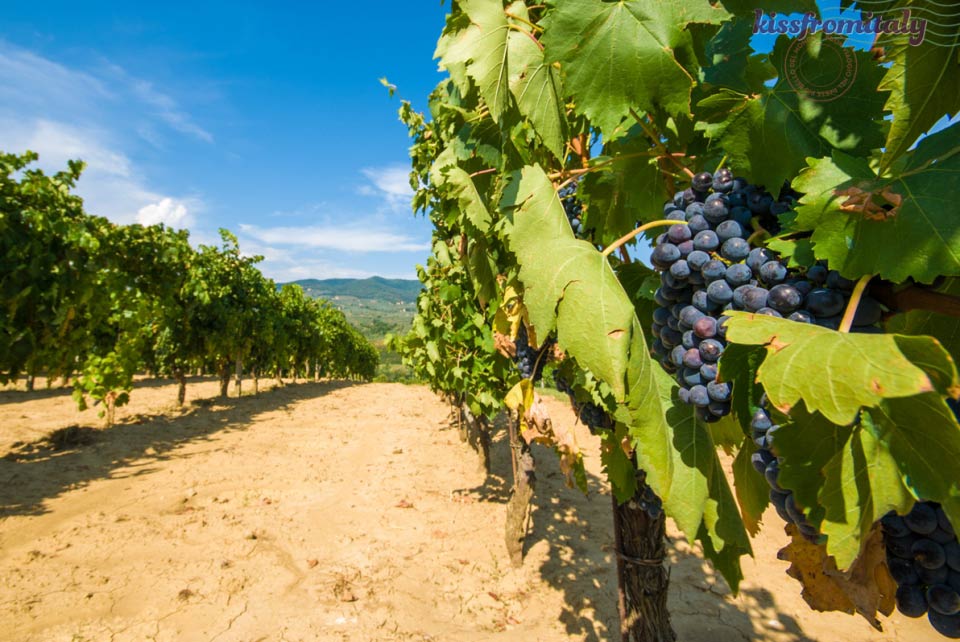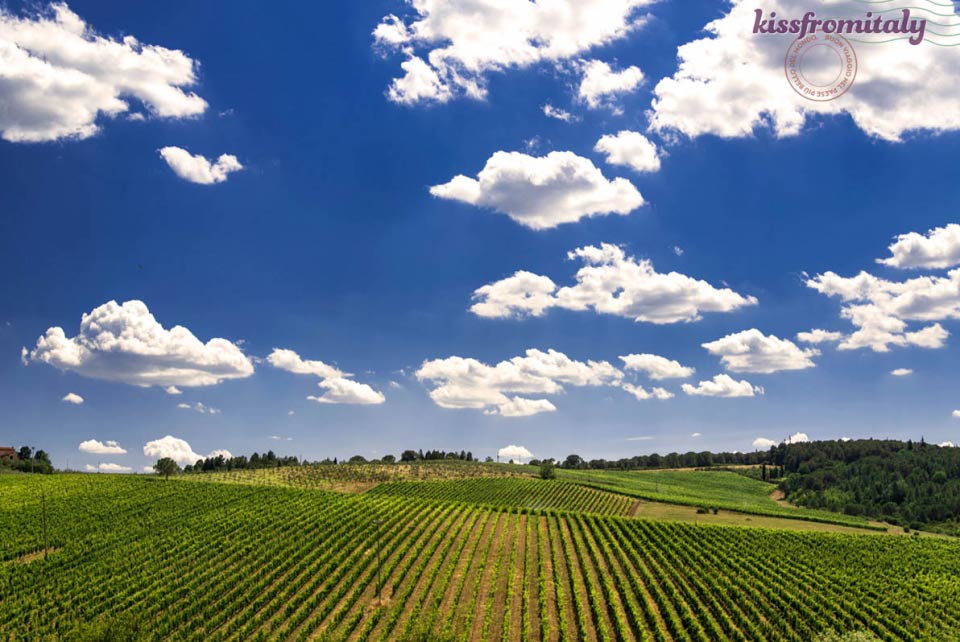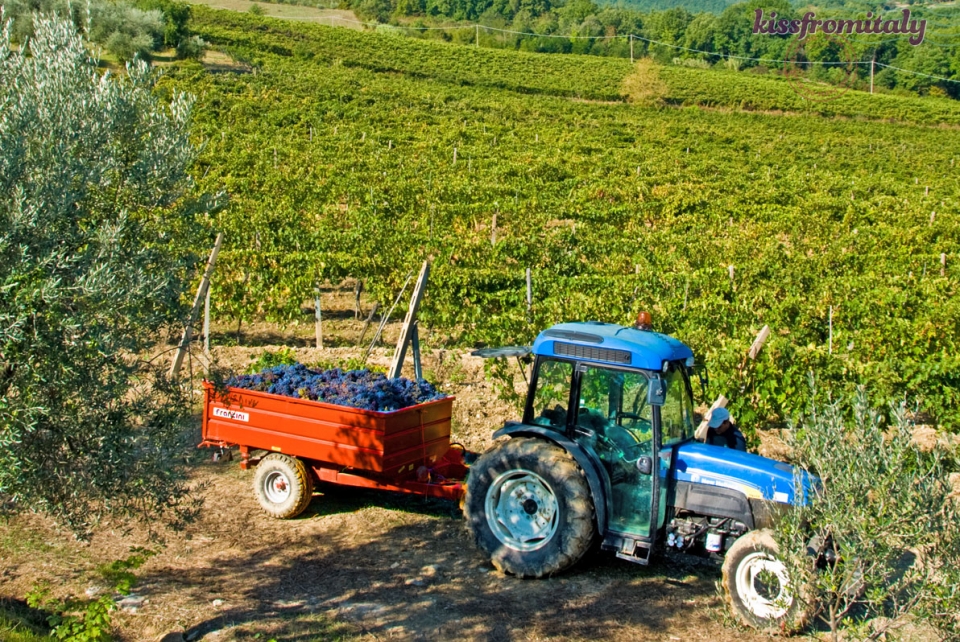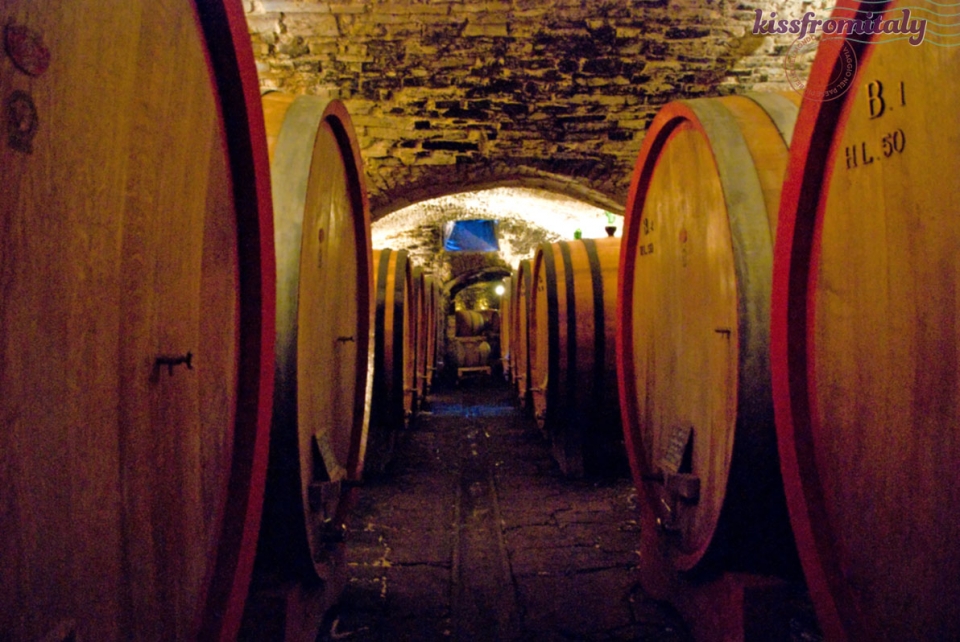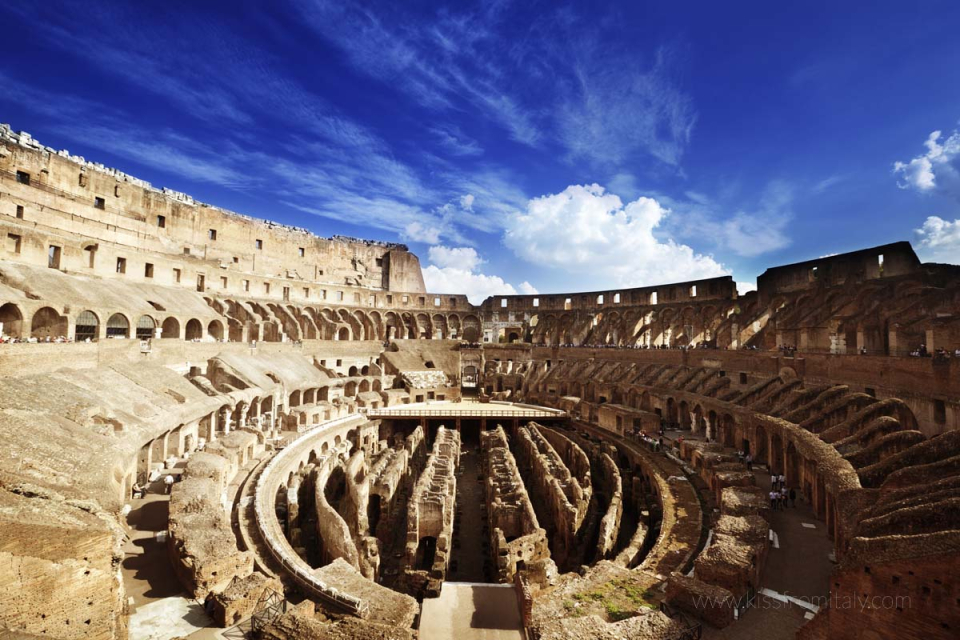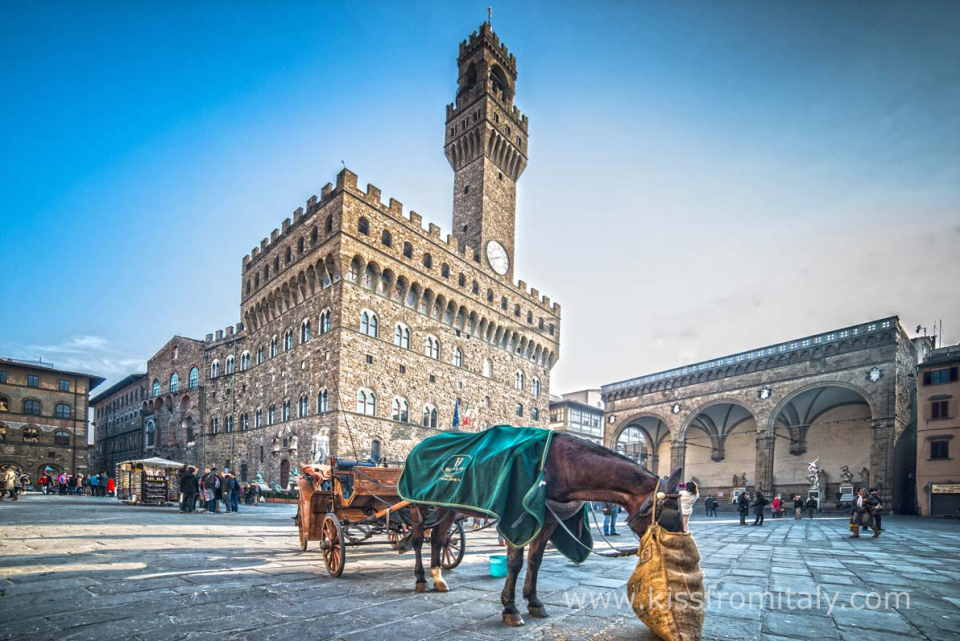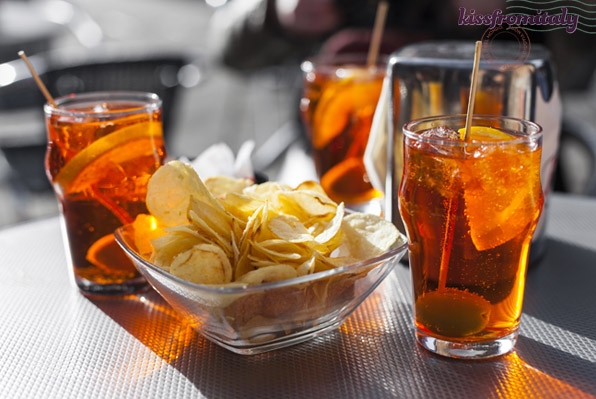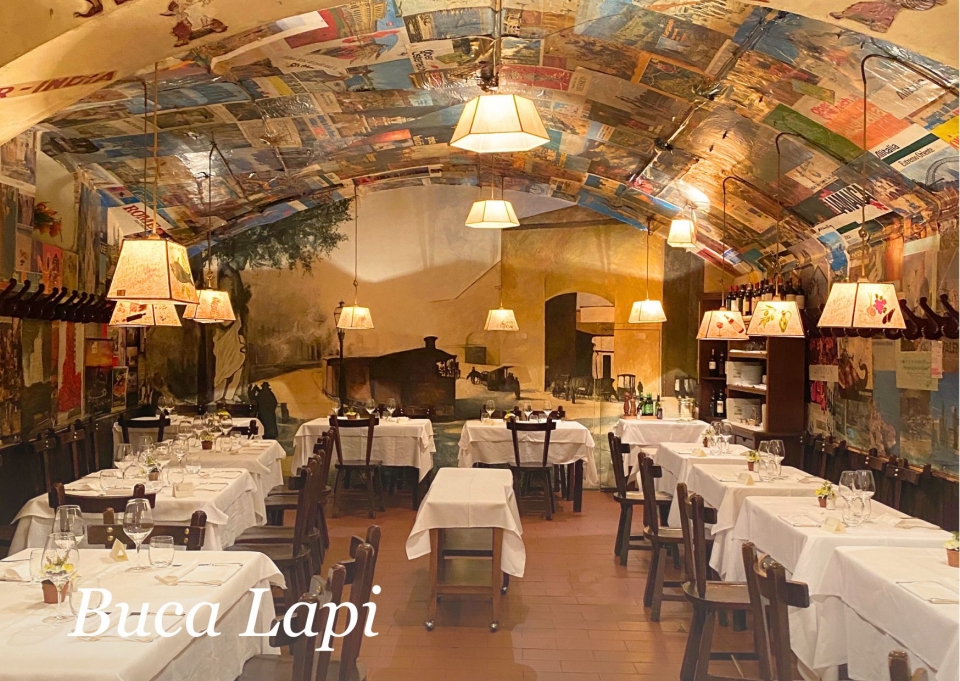
All you need to know about Chianti wines and Chianti region of Tuscany
Chianti is the name of a red wine and also the name of the spefic territory of Tuscany where it is produced. Both the region and it’s namesake wine, dates back hundreds of years to at least the 13th Century. But it wasn’t always the dry red wine that we pair so often with Italian dishes today. In fact, the first Chianti wines were most likely white! The long and proud history of what is now the third most recognized wine in the world is a testament to Italian winemakers’ dedication to tradition, as well as to their ingenuity and creativity in more recent years.
Where is the Chianti region?
In the early middle ages, the hills between Florence and Siena were known as the Chianti Mountains and were renowned for their wines. The towns of Castellina, Gaiole and Radda became especially renowned, and came together to form the "Lega del Chianti" (League of Chianti).
In 1716 Cosimo III de’ Medici, the Grand Duke of Tuscany, issued an official edict defining the region of Chianti as Castellina, Gaiole and Radda, as well as adding Greve and some of it’s surrounding land. It wasn’t until more than 200 years later, in 1932, that the Italian government expanded the region. The original Chianti of Cosimo’s 1716 edict became known as "Chianti Classico" and the six sub-areas of Colli Aretini, Colli Fiorentini, Colline Pisane, Colli Senesi, Montalbano, and Rufina were added.
Every year 8 million DOC cases of wine are produced from the Chianti Region. The biggest sub-area is Chianti Classico, and only wines produced there can display the Black Rooster seal, or "Gallo Nero" of the local Consortium.
What Grapes Variety is Chianti Wine Made From?
Chianti is made mainly from Sangiovese grapes ever since the Italian Baron (and later Prime Minister of Italy) Bettino Ricasoli created a blend of grapes that was later canonized as the official Chianti recipe. Ricasoli used 70% Sangiovese, 15% Canaiolo and 15% White Malvasia. From then on Chianti has been inseparable from the famous Tuscan Sangiovese grapes.
Gallery
Super Tuscans Wines
In the late 19th Century, the reputation of Chianti wine had suffered greatly due to diseases ravaging vineyards, post World War II emigration of many winemakers, and over-cropping to meet demand for cheap wine. In an attempt to restore the reputation of Chianti, some ambitious winemakers began to break with tradition and experiment outside of the restrictive DOC regulations.
Some Chianti winemakers wanted to use 100% Sangiovese, and others experimented with blending in French grapes like Cabernet, Sauvignon, and Merlot. They also began to introduce new modern winemaking techniques to improve the vineyards as well as the tools and instruments.
The international reception of these "Super Tuscan Wines" was extremely positive, and they soon started to fetch much higher prices than their DOC Chianti counterparts.
Chianti Wine Today
The success and popularity of the Super Tuscan wines led to a reconsideration of the DOC regulations for producing Chianti. It is still Sangiovese-based - wines can be labelled Chianti as long as they are made with 75 - 90% Sangiovese - but the regulations allow for more flexibility when it comes to blending in other varieties of grapes.
The Chianti region of Tuscany is full of rolling hills covered in vineyards. The wine that they produce is perfect for hearty Italian meals made with lots of tomato, or maybe a delicious Florentine Steak! When you visit the Chianti region be sure to have a case (or two!) shipped home! Every time you sip a glass you’ll be transported back to those rolling hills and experience the dolce far niente of your Italian vacation all over again.
Want to know more about wines in Italy?
Read about Prosecco, a great sparkling white from the Northern region of Veneto


